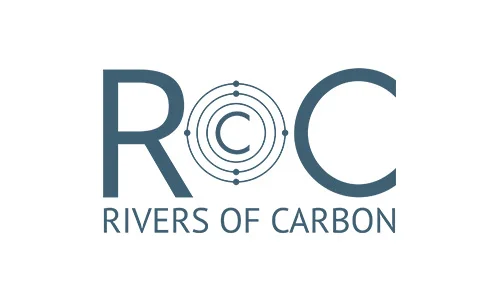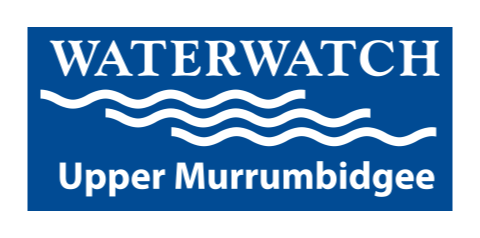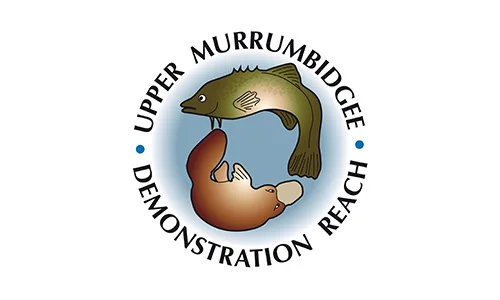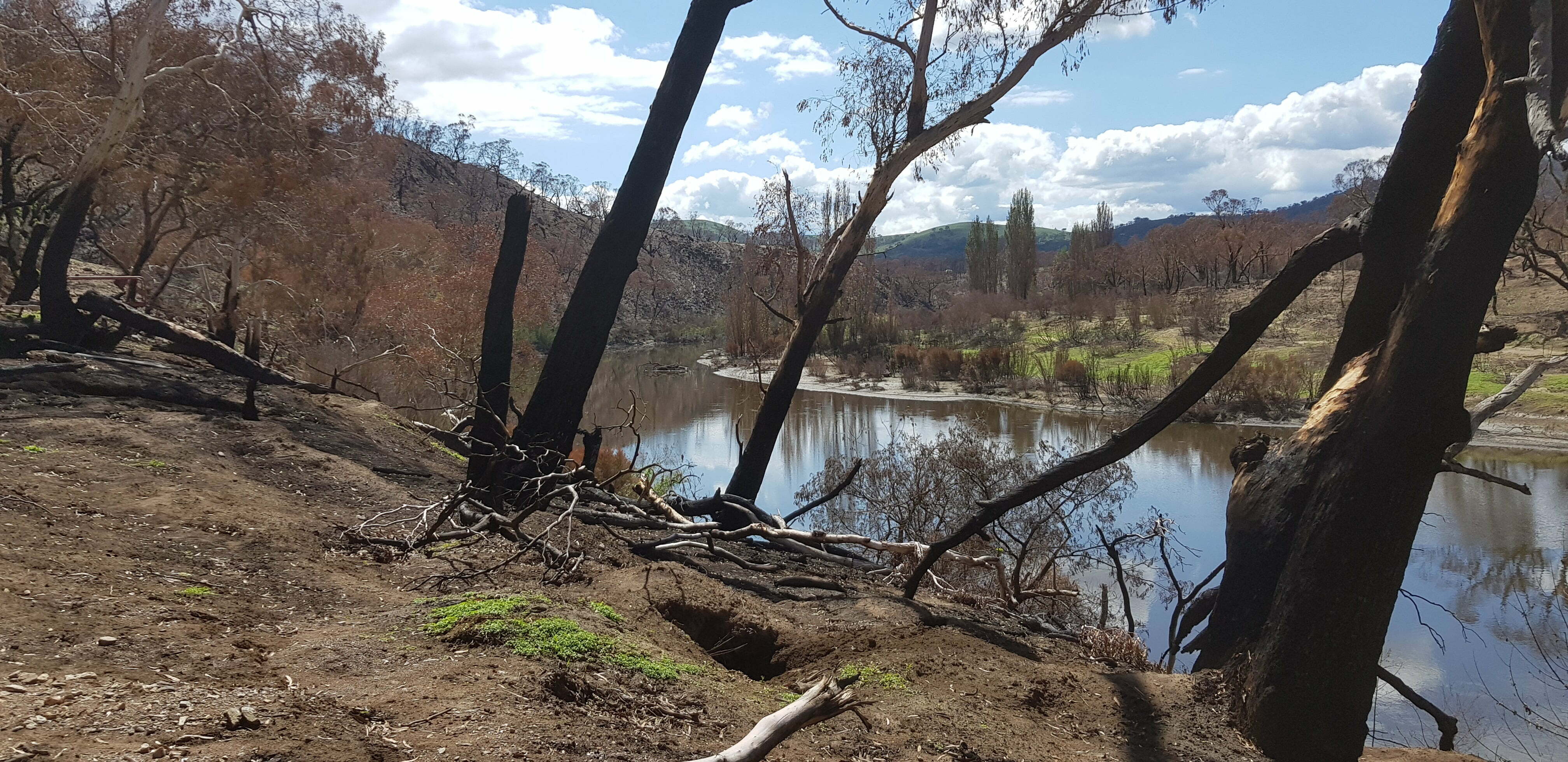South-eastern NSW was extensively burnt in the recent Black Summer Fires of 2019/2020. Due to the severity of the fires – which tore through a heavily drought affected landscape – recovery has been very slow, with the fireground being completely burnt to bare soil. Along the upper Murrumbidgee River, which is the home of the iconic platypus and threatened native fish such as the Macquarie Perch (listed as endangered) and Murray Cod (listed as vulnerable), the river was particularly hard hit throughout the Bumbalong Valley near Bredbo.
When the rains came in mid-February 2020, they provided relief from fire fighting for our exhausted communities, however, we started seeing problems of a different nature. When fires burn catchments, the chemical nature of the soil is altered so that it becomes water repellent and this, along with the lack of vegetation, means that the infiltration capacity of the soil depleted. The lack of ground cover and subsequent heavy rains saw thousands of cubic metres of sediment, debris and ash being washed off the firegrounds and into local waterways.
As a result of the rains, the upper Murrumbidgee River ran black, with large reaches of the river completely filled with sand and some very large rocks. As the flooding receded and winter set in, the river was a silty, ashen grey colour, with landholders reporting no sightings of the fish, birds and platypus that usually inhabit these areas.
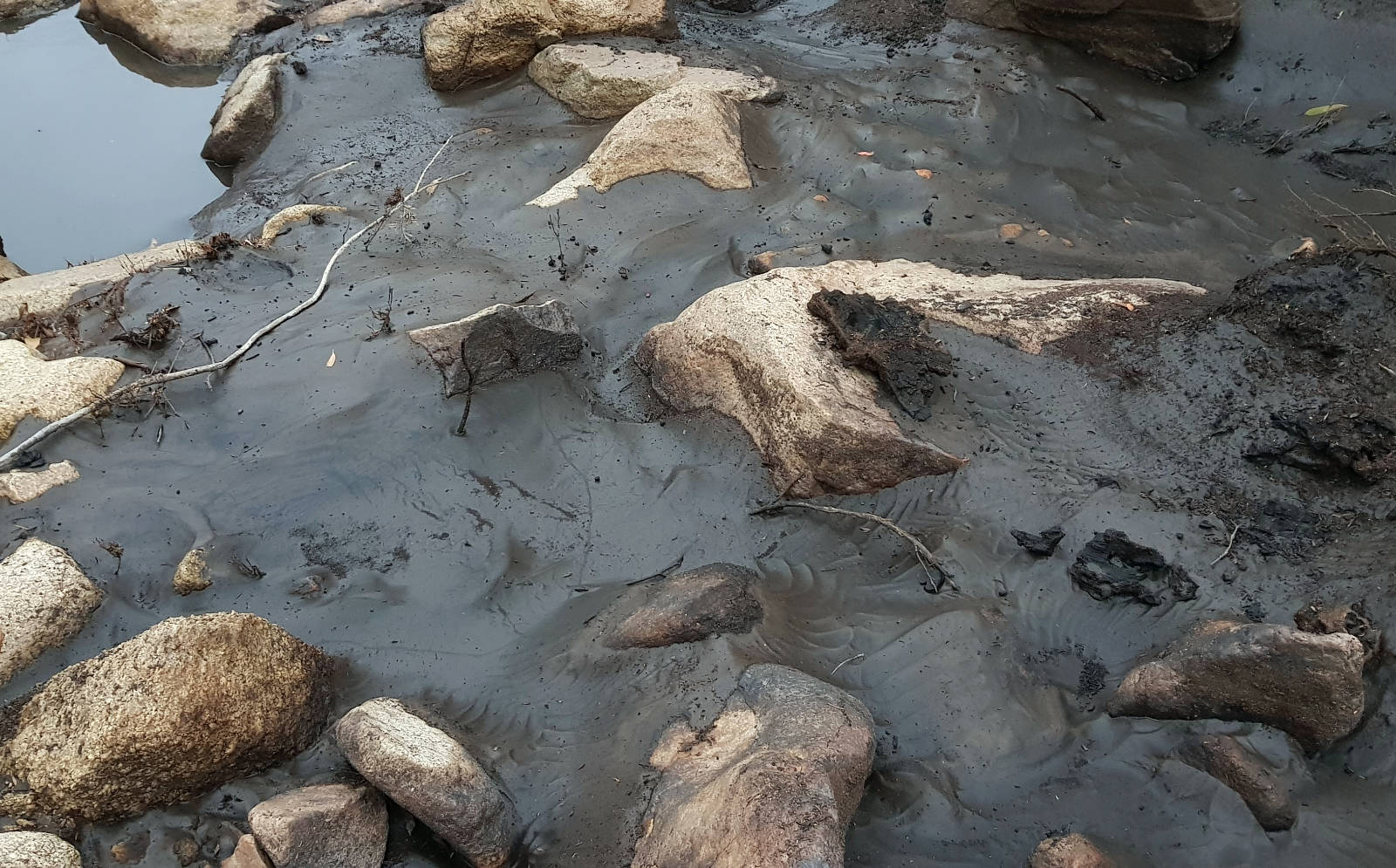
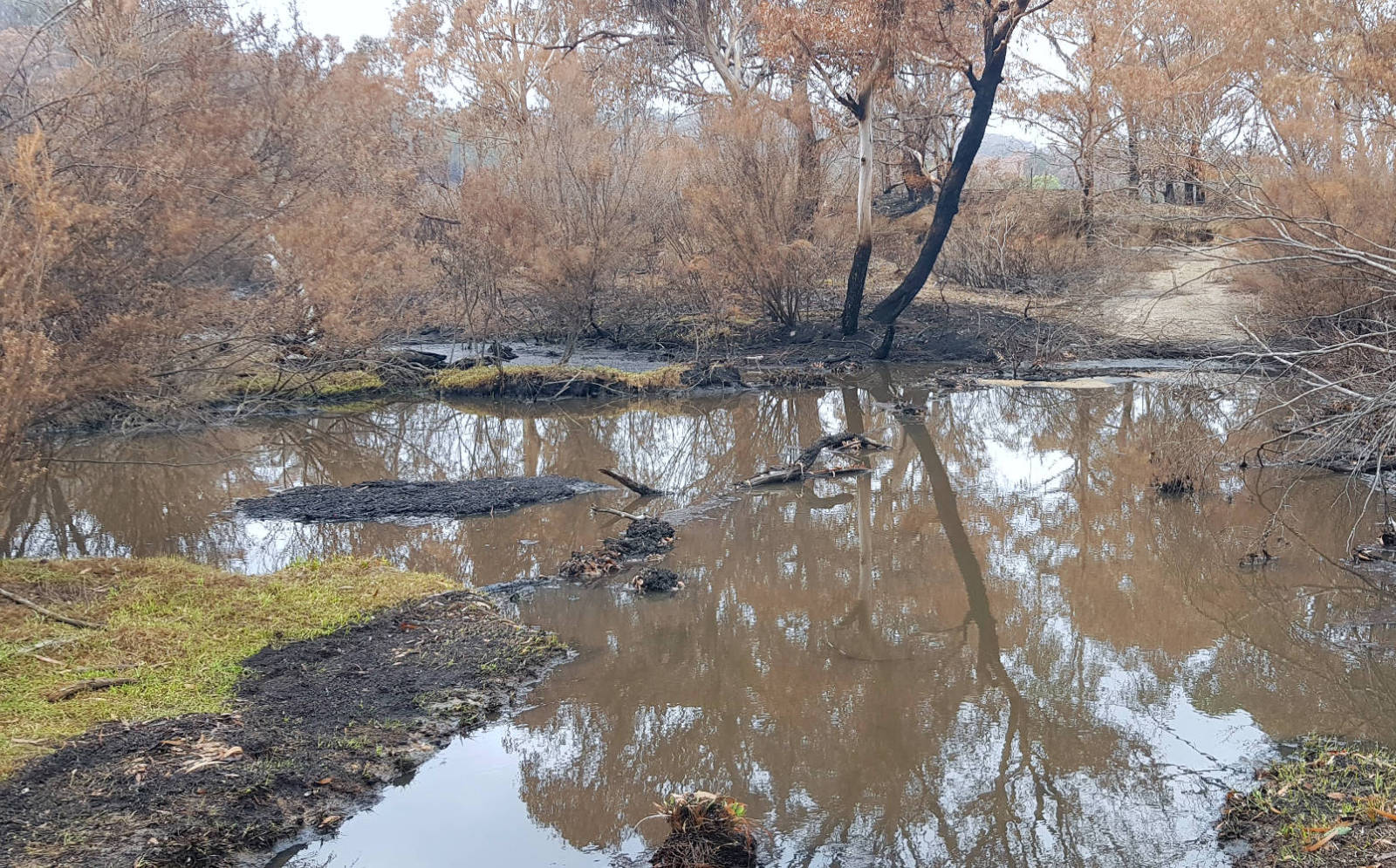
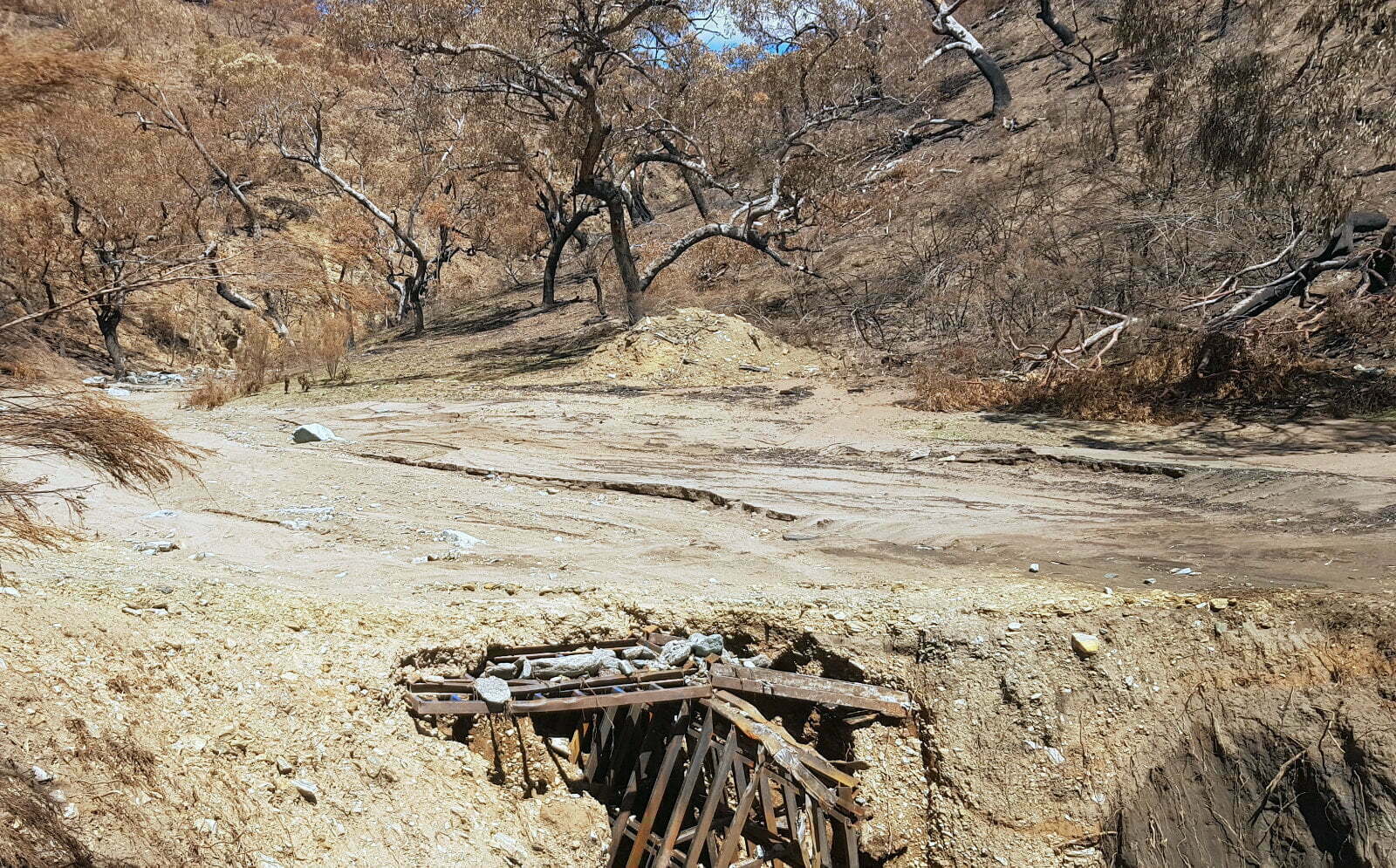
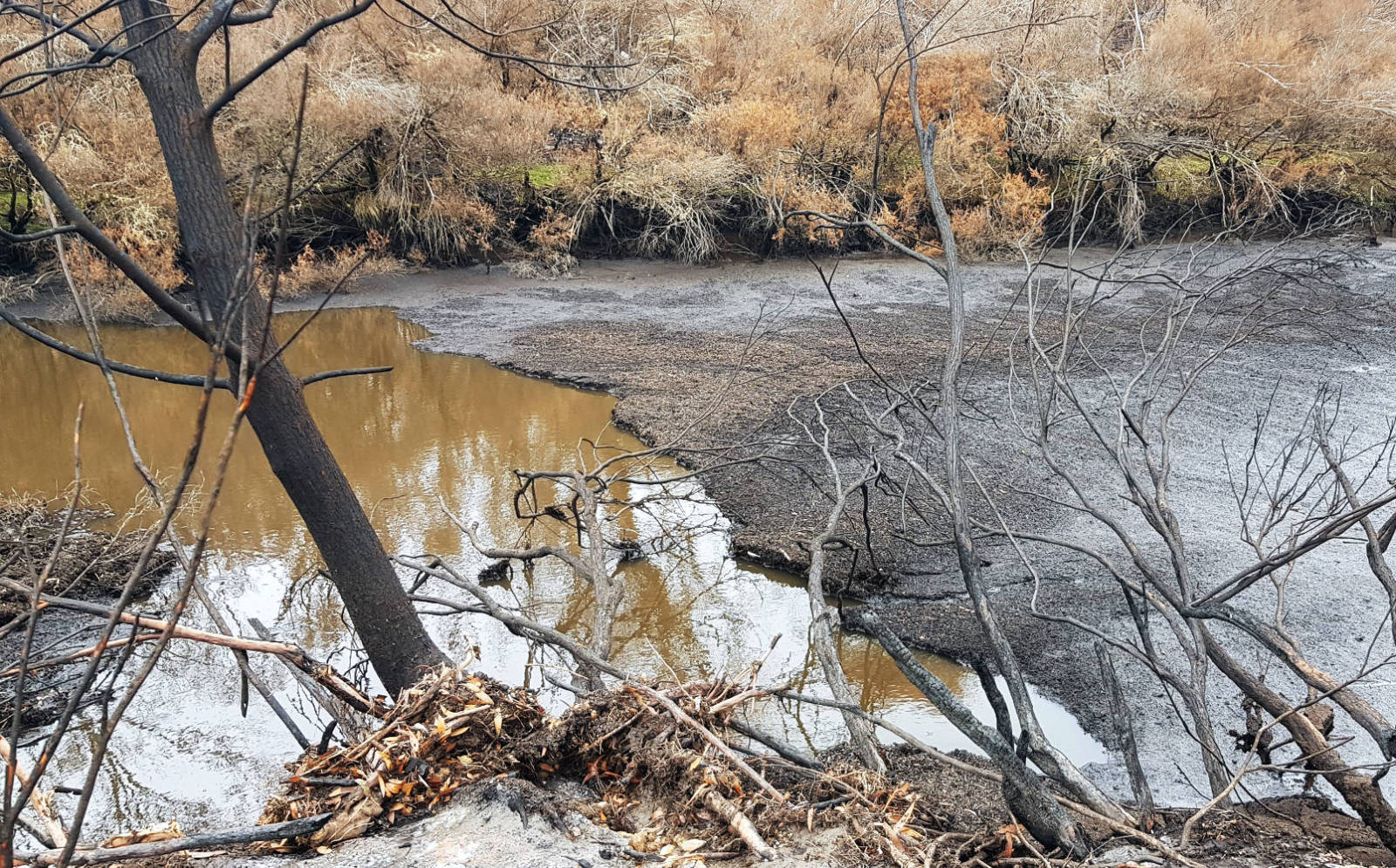
Platypus now ‘near threatened’
The impact of the bushfires on water quality and river health is particularly concerning when it comes to the platypus. The platypus is now listed on the International Union for Conservation of Nature red list as ‘near threatened’, with catchment wide disturbances such as the 2019/2020 wildfires putting additional pressure on the species. The effects of fire deposited ash and sediment into waterways greatly decreased macroinvertebrate (waterbug) populations upon which platypus rely for food. An adult platypus needs to eat between 25-40% of their body weight in waterbugs per day to sustain itself – given the heavy impact of the fires, local communities were concerned their beloved platypus may be in trouble.
As part of our ‘Recovering our Rivers’ project, funded by the Caterpillar Foundation, we helped landholders grapple with the immense damage sustained to their properties as a result of the firestorm and mass erosion event which swept through the region. Targeted works have been carried out to reduce any further sediment and ash entering the waterways, improving water quality and building on decades of river restoration work. Another beneficiary of this work is the platypus, as these activities improve water quality so that macroinvertebrates and food webs can gradually get back to where they were before the fires.
So, is the work we are doing helping people and platypus?
This is where the Upper Murrumbidgee Waterwatch program comes in. The program provides the longest term, continuous monitoring effort for platypus populations in the upper Murrumbidgee catchment, providing valuable data to support the effectiveness of the ongoing efforts of catchment partners to restore the upper Murrumbidgee River. At two survey sites – Bush Heritage Australia’s Scottsdale Reserve (which was fire affected) and Mittagang Crossing (which was not burnt, but affected by ash) groups of volunteers have been out at dawn or dusk during August (our coldest time of year) to see if they can find platypus. Each volunteer will sit for one hour at a time in platypus ‘hides’ on the riverbank, watching for any signs of this amazing mammal. This is a non-invasive yet robust method of surveying platypus which was developed by the Australian Platypus Conservancy.
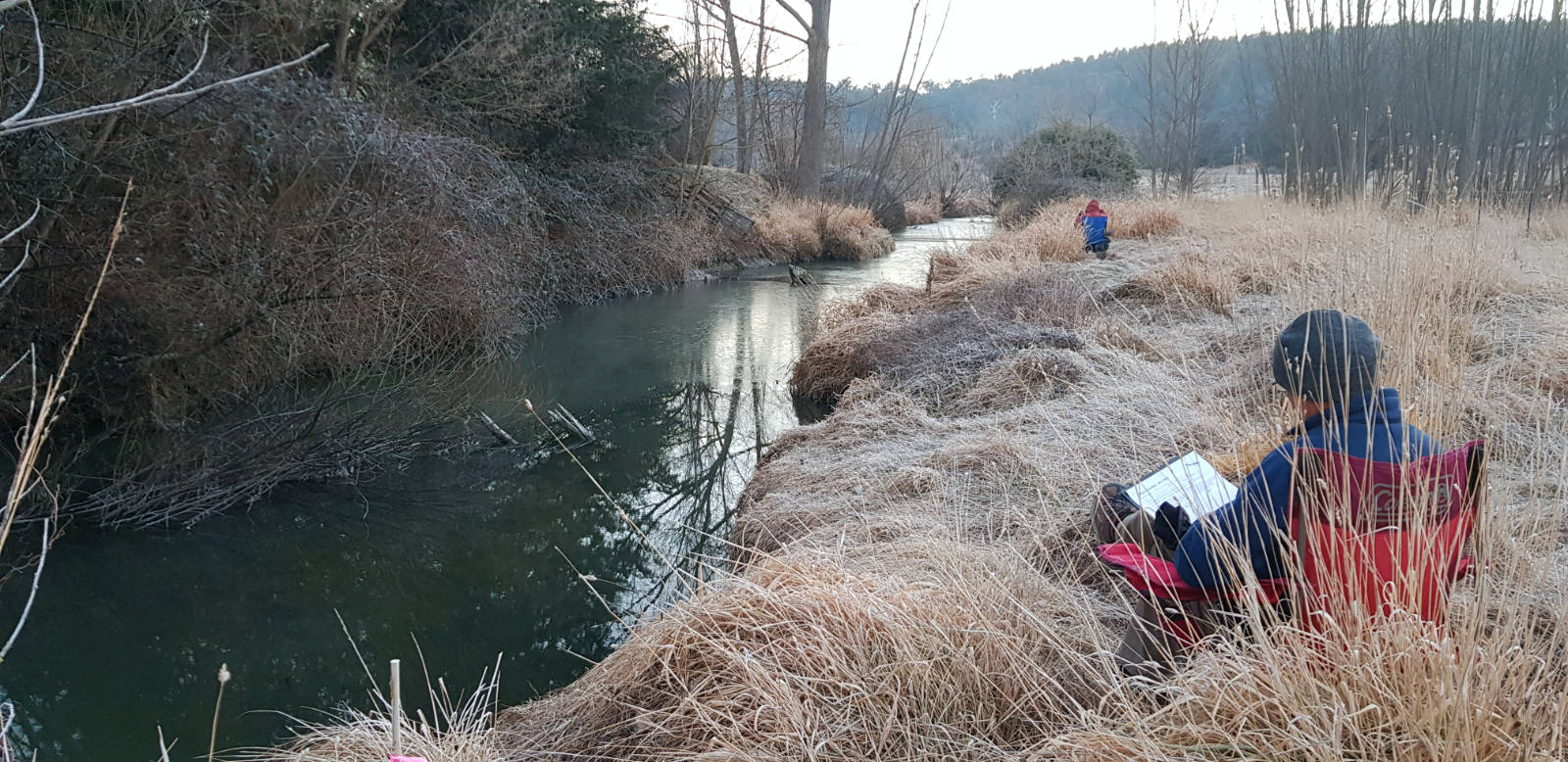
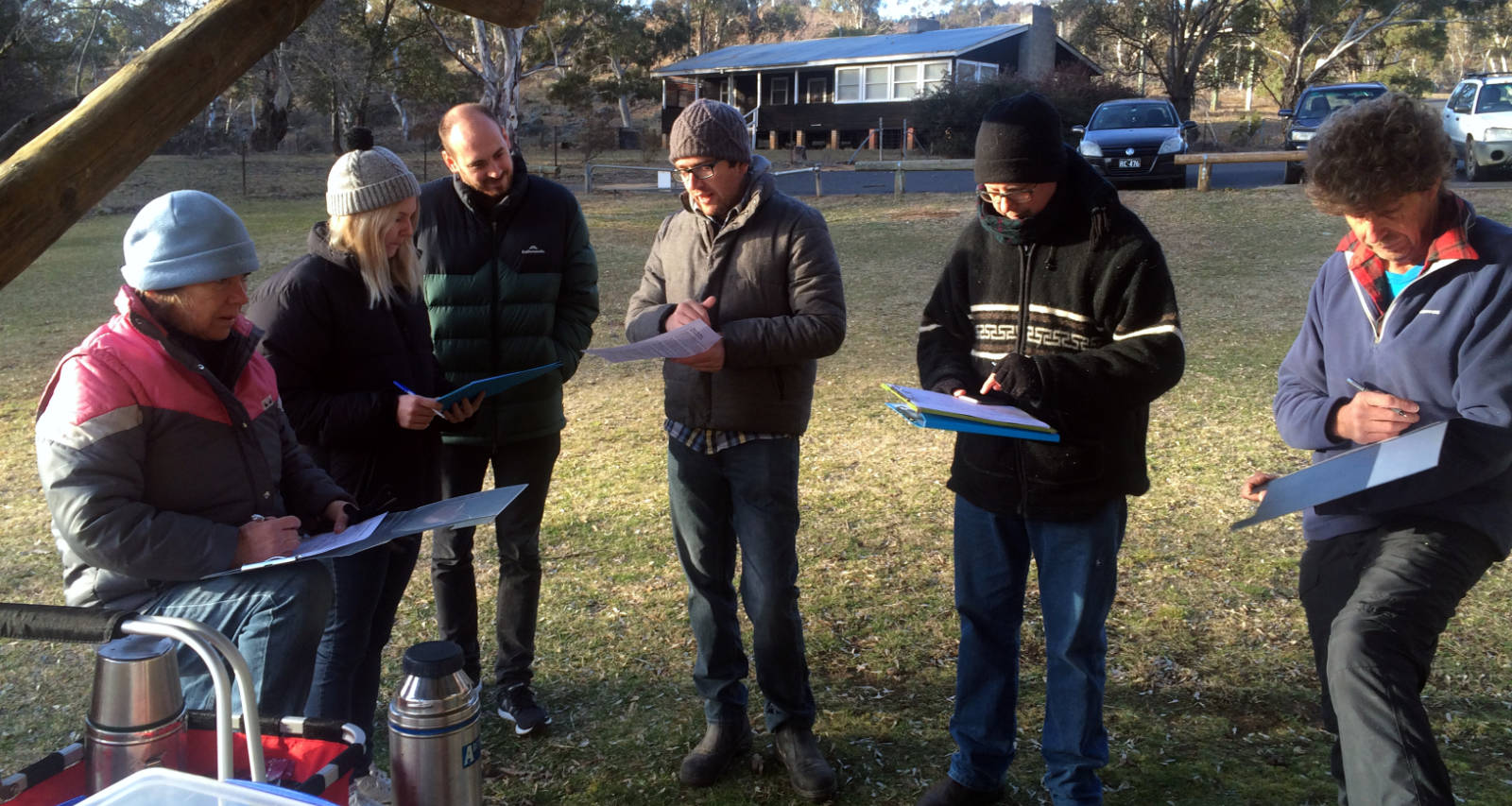
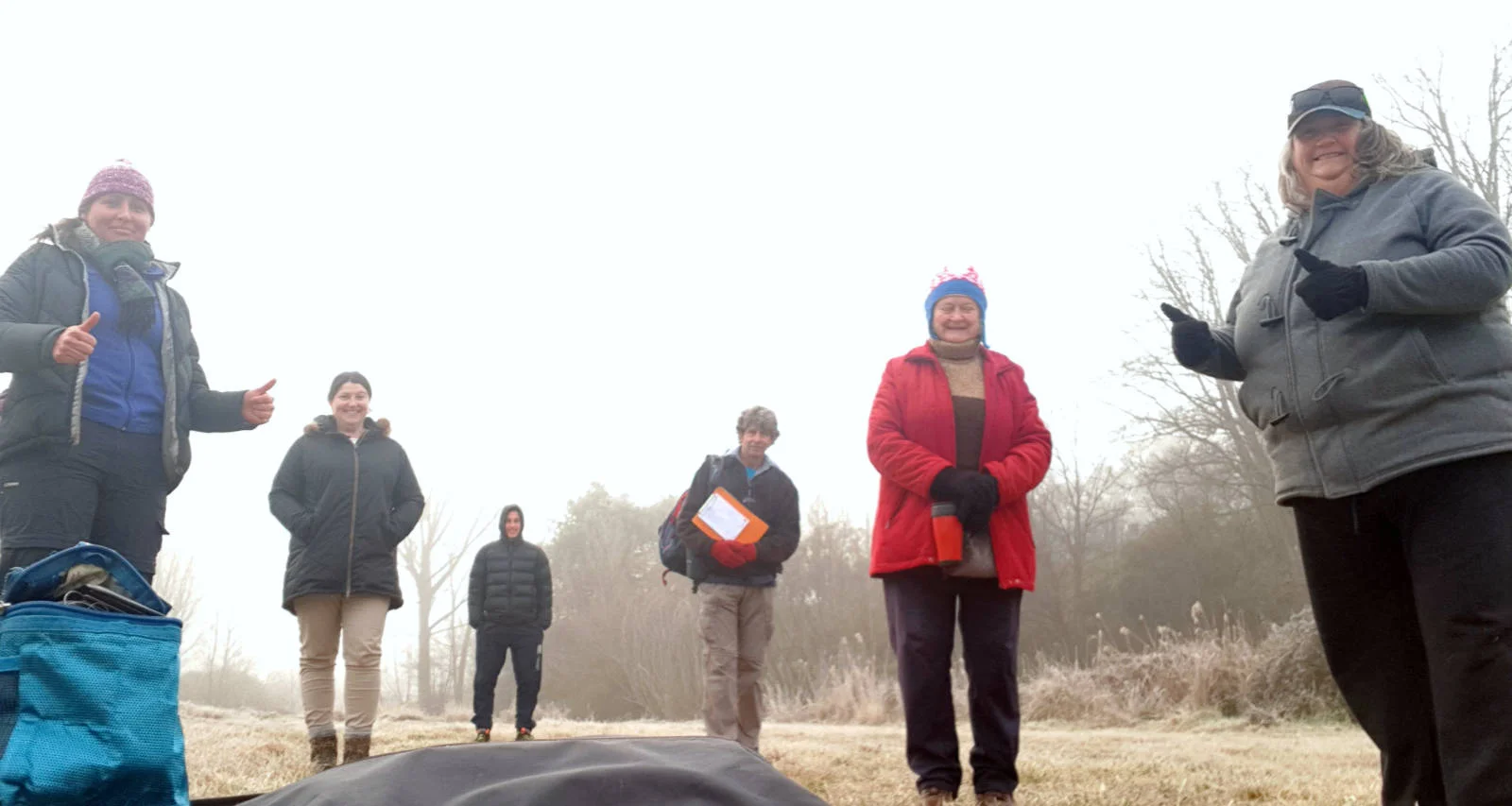
Despite the cold conditions, seeing a platypus in the wild has many volunteers returning year after year to join in. By comparing data over consecutive years the Waterwatch surveys will capture how our platypus populations are faring, as a result of the general improvement of the river corridor resulting from works along the river.
And the news is good so far! Surveys are finding that despite the heavy impacts, our platypus have weathered the last few years ok, with no large declines evident. Projects like ‘Recovering our Rivers’ are vital if we are to continue to restore and protect habitat for platypus. Let’s hope we can continue to see a positive response as funders like the Caterpillar Foundation support the work in the rivers our platypus need.
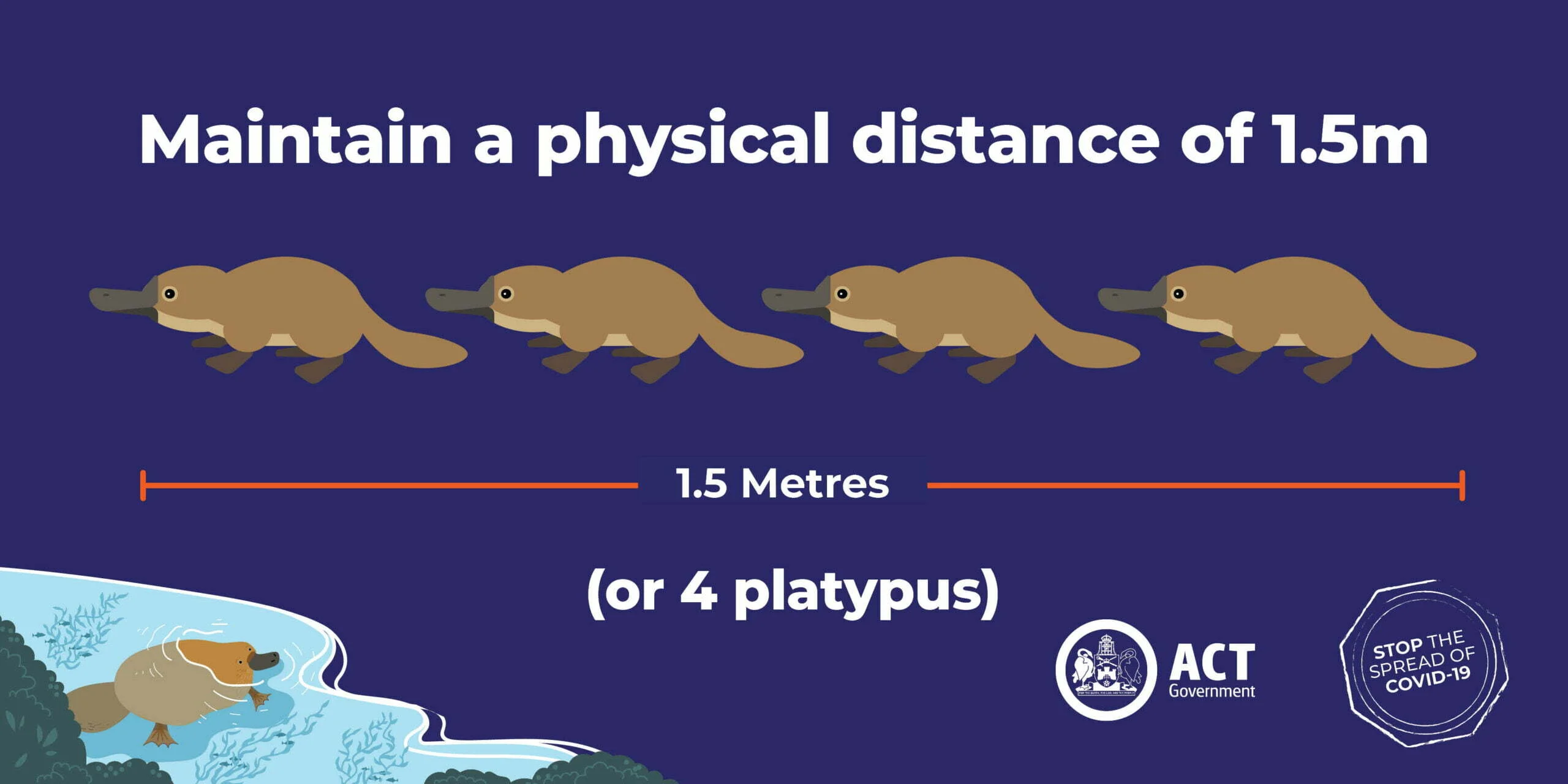
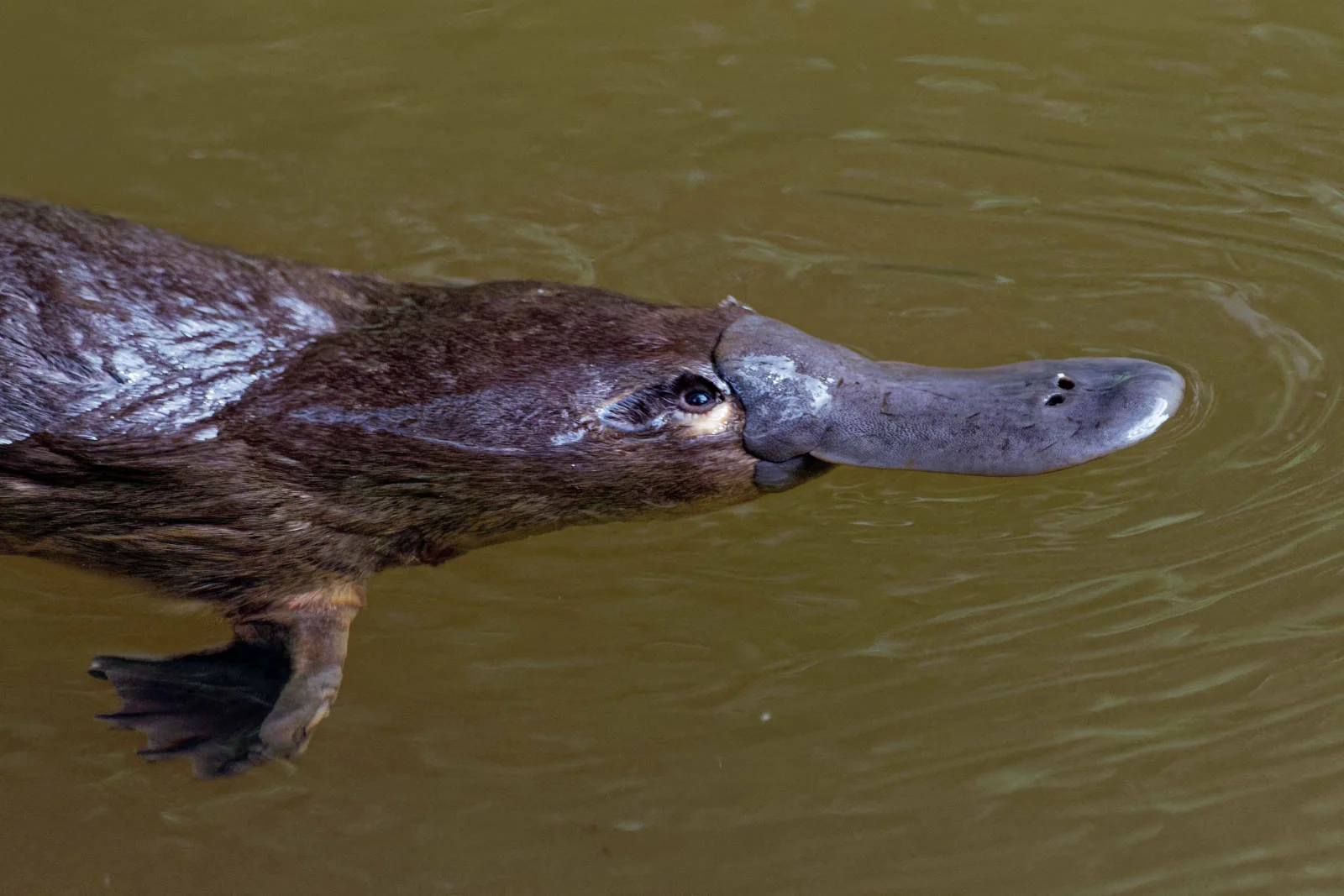
Featured image: River corridor burnt right to the edge with sedimentation smothering instream habitat. Photo credit: Antia Brademann.
Restoring our Rivers – ‘After the Fire’
Restoring our Rivers – ‘After the Fire’, is a practical, focused response designed to help landholders grapple with the immense damage sustained to their properties as a result of a fire storm, followed by a mass erosion event, which swept through parts of the Upper Murrumbidgee earlier in 2020.


